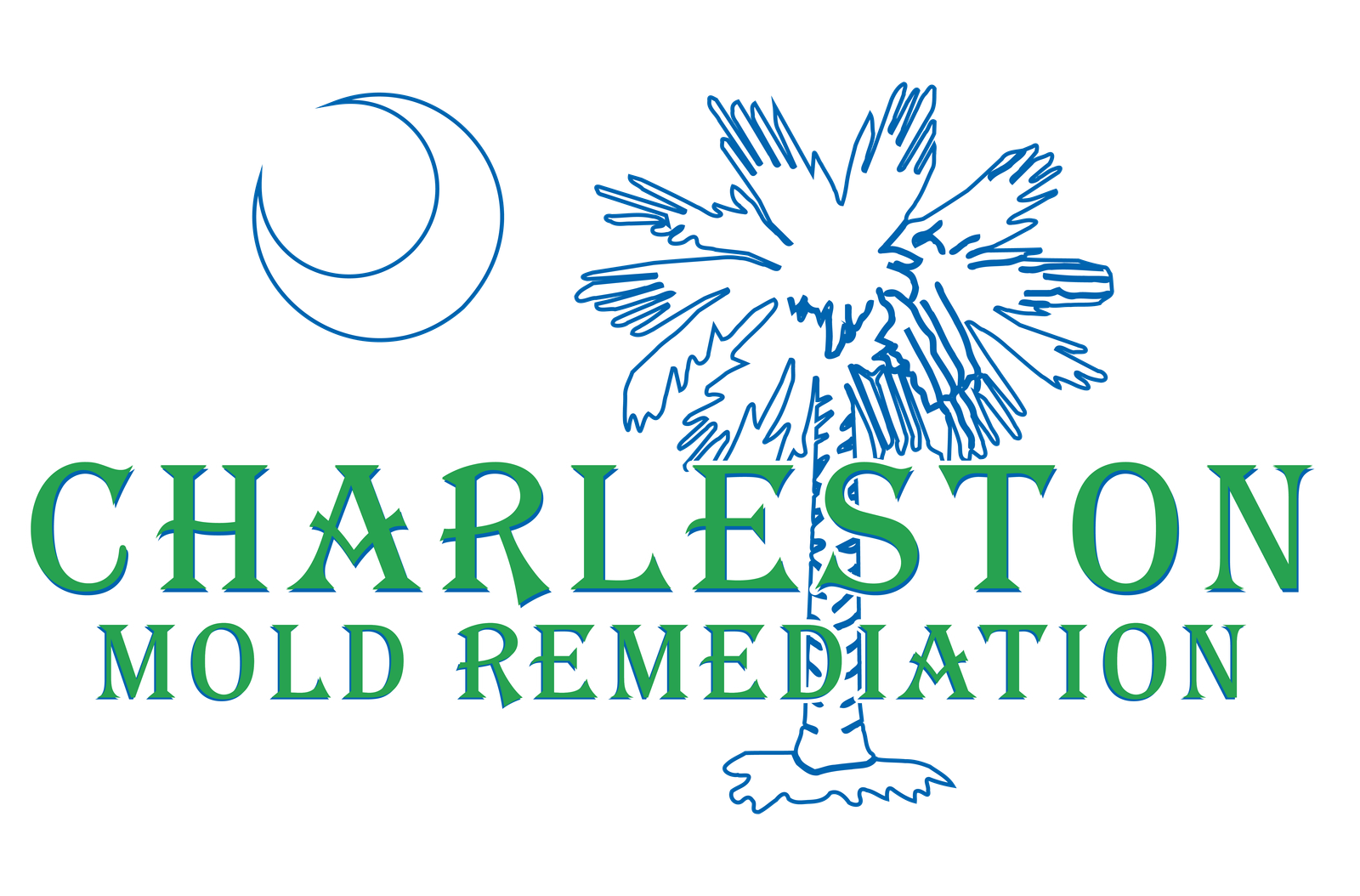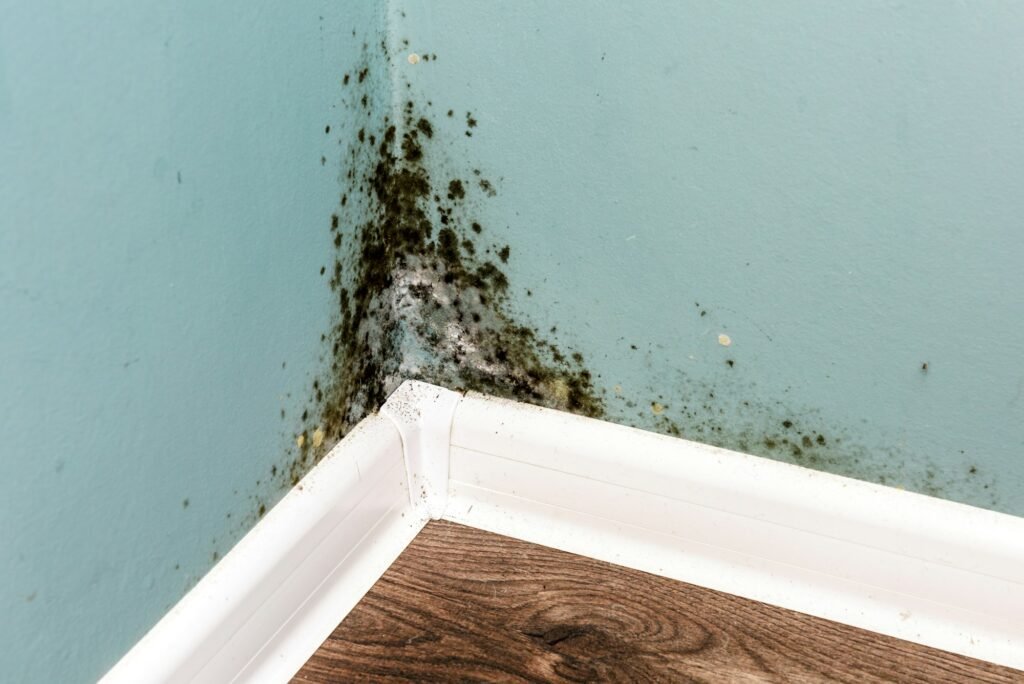A snapshot of dark splotches creeping across a bathroom ceiling and smudges of gray dotting drywall in the basement. Not pretty, right?
Mold on your walls and ceilings isn’t just a cosmetic issue; it’s a headache that can sneak into your space, affect your air, and make you feel like your home’s working against you. It usually starts small—a tiny blotch here, a faint patch there—but before you know it, it’s spreading, staining, and making itself at home. Knowing where it’s most likely to settle in and how to banish it can make all the difference in keeping your home fresh and healthy.
Why Does Mold Love Hanging Out on Your Walls and Ceilings?
Mold is a moisture magnet, so when there’s dampness, there’s a good chance it’s cozying up on your walls or ceilings. Here’s a quick look at what makes these spots so irresistible to mold:
- Too Much Humidity
- Rooms like bathrooms, basements, and even kitchens often carry extra humidity in the air, which mold absolutely loves.
- Little droplets from hot showers, steamy cooking, or just a rainy season can sneak into wall surfaces and create the perfect setup for mold.
- Sneaky Leaks
- If there’s a hidden leaky pipe, or maybe your roof’s letting in water, you might not even notice damp patches starting to pop up on walls or ceilings until they’re discolored.
- These secret damp zones keep things moist enough for mold to settle in without you realizing there’s even a problem.
- Stale Air
- Spaces where the air feels still, like basements, attics, or closed-up rooms, allow moisture to hang around longer, giving mold all the time it needs to set up shop.
- Adding a bit of airflow goes a long way in kicking mold out.
Signs That Mold is Crashing on Your Walls and Ceilings
If mold has made an appearance, it usually leaves some telltale signs. Here’s what to watch for:
- Dark, Blotchy Spots
- Mold might show up in black, green, or even gray patches. You’ll usually spot them on walls, drywall, or ceiling tiles.
- These blemishes may start small, but without some attention, they can spread quickly.
- Peeling Paint or Loose Wallpaper
- When mold creeps up behind paint or wallpaper, it can cause bubbling, peeling, or even loosening.
- If you’re noticing areas where paint seems to be lifting or wallpaper isn’t sticking, there’s a good chance moisture and mold are teaming up below the surface.
- The Classic Musty Odor
- Mold has a specific earthy smell that you’ll recognize if you’ve ever walked into a damp basement.
- If you catch a whiff of that mustiness, it’s worth checking things out—even if there’s no mold in plain sight.
- Allergy-Style Reactions
- Extra sneezing, coughing, or any other allergy-like symptoms can be a red flag that mold spores are drifting through the air.
- When mold is around, it can mess with your indoor air and make breathing a bit rough.
How to Keep Mold Off Your Walls and Ceilings
If you want to keep mold from making itself at home, there are a few tricks that can help. Here’s what works:
- Keep the Humidity in Check
- Run a dehumidifier in rooms where the air tends to get sticky, like basements or bathrooms.
- Mold doesn’t love it when indoor humidity is kept under 60%, so use that as your goal.
- Get Some Fresh Air Flowing
- Use fans in bathrooms or kitchens, especially after you’ve showered or cooked, to get that damp air out of the room.
- Keep windows open whenever possible, or run a small fan, so the air has a chance to move and keep things dry.
- Jump on Any Leaks
- Fix leaks right away—whether they’re from the roof, pipes, or even a window with a dodgy seal.
- Give any damp areas a good look now and then, especially in basements, attics, or near bathroom walls.
- Try Mold-Resistant Paint
- For bathrooms or other damp areas, mold-resistant paint can be a game-changer, adding a little protection to keep mold from finding a home on your walls.
Getting Rid of Mold on Walls and Ceilings
Once mold has started, it’s time to roll up your sleeves. Here’s how to handle it safely:
- Identify the Type of Mold
- Different molds have different effects on health and property, so it’s essential to know what kind of mold you’re dealing with. Some types, like black mold, can be more harmful than others.
- Calling a professional mold inspector or tester can help pinpoint the mold type, as well as its spread. They can also spot hidden areas where mold might be growing, like inside walls or ceilings.
- Figure Out Where the Moisture’s Coming From
- To stop mold for good, find and address the source of moisture, whether it’s a sneaky leak or poor ventilation.
- Use a Mold-Specific Cleaner
- For small moldy spots, use a specialized mold cleaner like the ones from Charleston Mold Remediation, which are designed to break down mold stains on walls and ceilings.
- Skip bleach on drywall—it can make the paint peel and may not get deep enough to reach all of the mold.
- Wear the Right Gear
- Put on gloves, a mask, and some eye protection to avoid coming into direct contact with mold spores.
- Ventilate the room as you clean to keep the air clear.
- Seal It with a Mold-Inhibiting Spray
- After cleaning, spritz the area with a mold-preventing spray to stop it from popping up again. Charleston Mold Remediation offers sprays that create a protective layer on walls and ceilings.
Charleston Mold Remediation: Your Go-To for Mold Solutions
Charleston Mold Remediation has a full range of products to help you keep your walls and ceilings fresh and mold-free. From powerful cleaners to long-lasting sprays, these solutions make it easy to keep mold at bay. For more advice and to see our full lineup, visit the Charleston Mold Remediation Resource Center!

